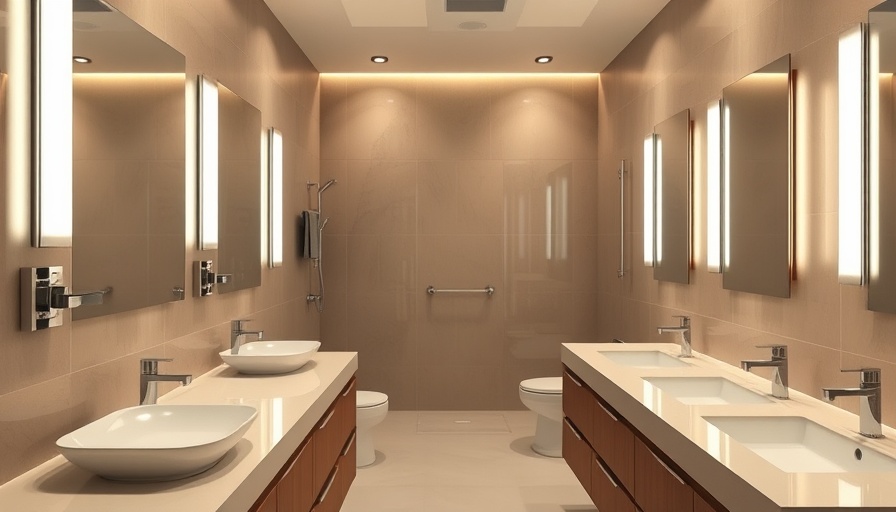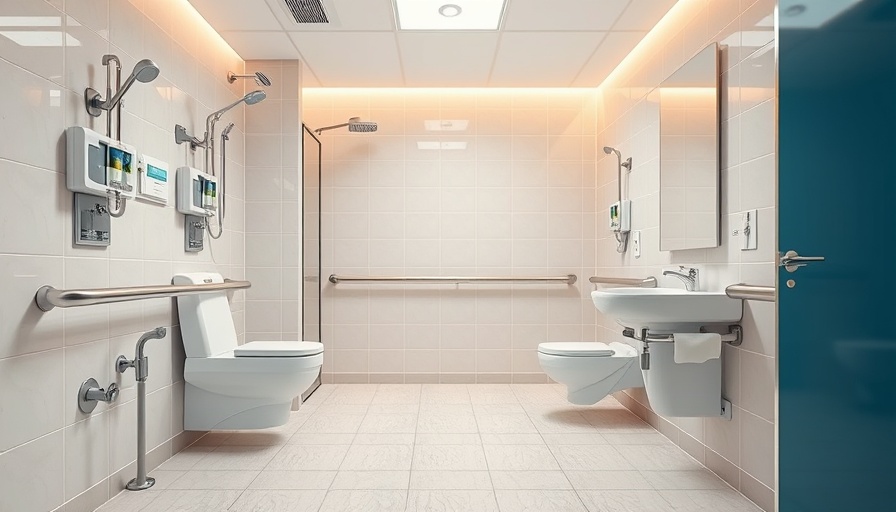
Bright Ideas for Senior Bathroom Safety: Transformative Lighting Solutions
As we gracefully age, our need for safe and functional living spaces becomes more paramount, particularly in the bathroom—a space where slips and falls are common. Transforming senior bathrooms with innovative lighting solutions is not only an aesthetic improvement but a significant safety measure. Proper lighting can prevent accidents, foster independence, and enhance the overall quality of life for seniors. Here, we explore practical, comfortable, and stylish lighting options tailored specifically for senior bathrooms.
Understanding Lighting Needs in Senior Bathrooms
Visually, older adults may face challenges with diminished acuity and sensitivity to light, making effective illumination crucial. Lighting that falls short can hinder their navigation and increase the risk of accidents. Ensuring adequate light levels in the bathroom is vital so that seniors can see obstacles, operate taps, and move about safely.
Recognizing varying lighting needs is crucial. A well-illuminated bathroom should include general lighting to provide even illumination, task lighting over sinks and mirrors for grooming, and ambient lighting for relaxation. Caregivers should consider creating a holistic lighting plan that encompasses these different types to maximize safety and comfort for senior users.
Types of Effective Bathroom Lighting for Seniors
When redesigning a bathroom for seniors, the interplay of different lighting types is essential. For example, ambient lighting offers the overall illumination necessary for safe navigation, while task lighting highlights particular areas such as the shower or sink where precise tasks take place. Accent lighting, meanwhile, serves to enhance the beauty of the space.
LED lights stand out in senior bathrooms due to their energy efficiency, durability, and high-quality visibility. Adding motion-sensor lights can also be a game changer—these lights activate when someone enters the room, minimizing the chance of falls in darker conditions and providing a sense of security for seniors.
Moreover, it's also important to take into account the color temperature of the lights. Choosing a warm color temperature (2700K to 3000K) creates a comforting atmosphere, while cooler temperatures (above 3500K) facilitate better visibility. A thoughtful balance of these temperatures can enhance both ambiance and functionality.
Incorporating Natural Light into Bathroom Design
Natural light plays a pivotal role in enhancing the environment of a bathroom. Adequate natural lighting not only boosts visibility but also uplifts mental well-being. When planning a bathroom for seniors, incorporating windows or skylights can allow abundant daylight to flow, creating a cheerful atmosphere.
When designing the space, position windows at accessible heights. This not only allows seniors to enjoy natural views but also reduces the chance of straining while trying to engage with the outside world. Options like frosted glass can provide privacy while still allowing light to permeate the area, essentially elevating both comfort and aesthetics.
Expert Insights: Tailoring Solutions for Individual Needs
Your approach to lighting in a senior bathroom can be greatly impacted by personal circumstances. Each individual's unique needs mean that what works for one may not work for another. In this segment, we celebrate the insights gathered from experts who understand the nuances of creating complimentary and effective bathing environments for older adults.
Ultimately, a collaborative approach with family members, caregivers, and professionals can lead to better-informed decisions that enhance not only safety but also satisfaction in daily life.
Future Predictions: The Evolving Role of Technology in Bathroom Safety
The future of lighting in senior bathrooms is bright, with technology continuing to evolve. Innovations like smart lighting systems that can be controlled by voice commands or mobile devices will transform how seniors interact with their bathroom spaces. Imagine lights that adjust brightness automatically based on natural light levels or provide reminders for daily activities—these advancements can radically improve quality of life for older adults.
As the demand for accessible living spaces grows, so too will the creative ways we address bathroom safety through effective lighting solutions.
Conclusion: Empowering Seniors Through Thoughtful Design
Enhanced lighting in senior bathrooms is not just about visibility—it's about empowering our loved ones to live their lives independently and safely. Advocating for thoughtful lighting solutions could significantly impact their daily routines and overall happiness. As you consider redesigning or upgrading your bathroom or that of a loved one, keep in mind the various lighting options available to inspire a safe and inviting environment.
With each small change, we can create brighter spaces that reflect care and consideration. Let's light the way towards safety and comfort—because everyone deserves a bathroom that supports their needs!
 Add Row
Add Row  Add
Add 




Write A Comment